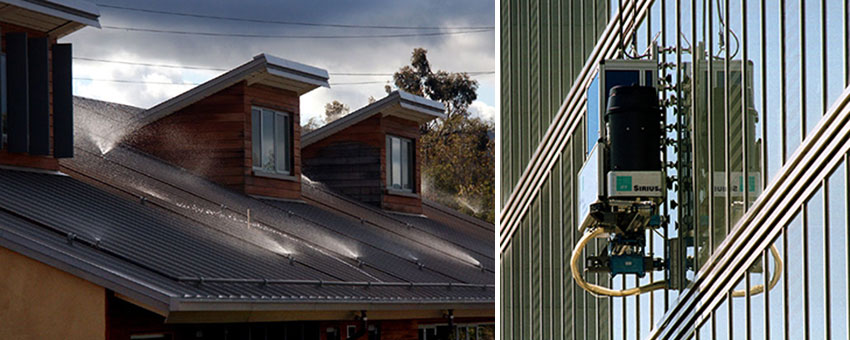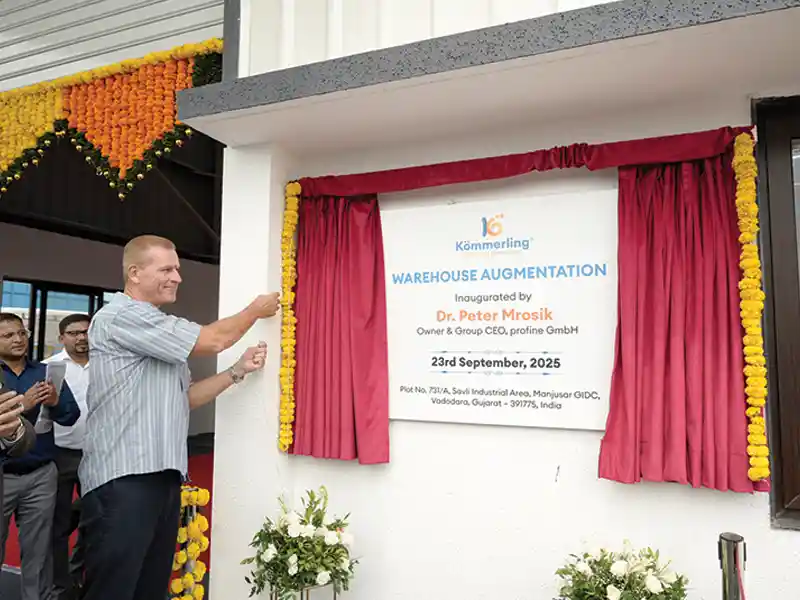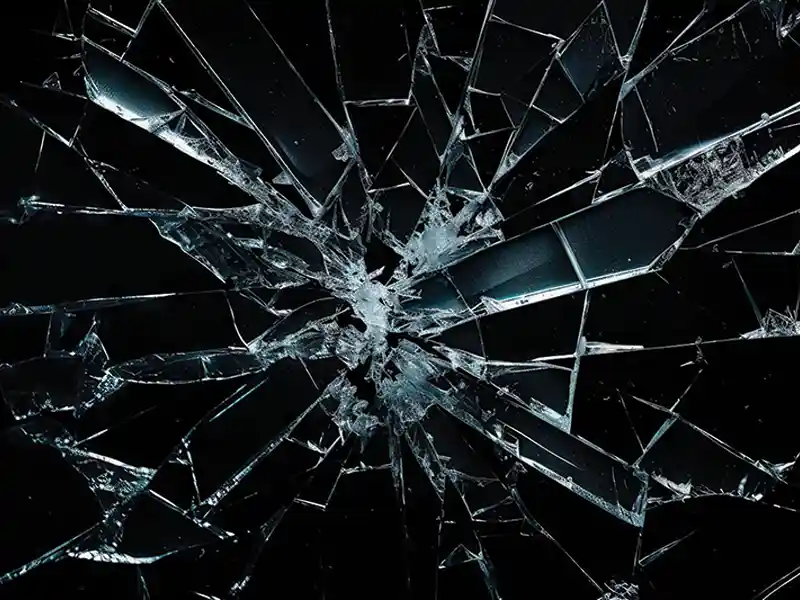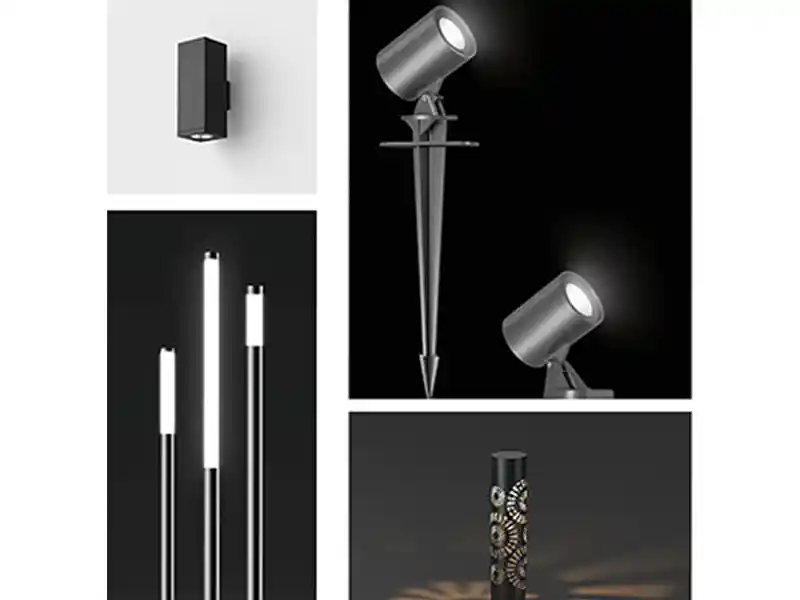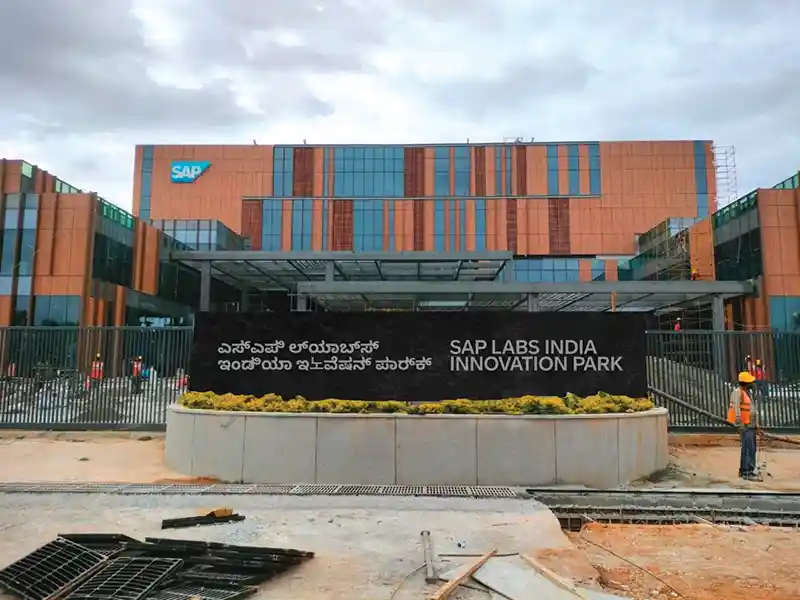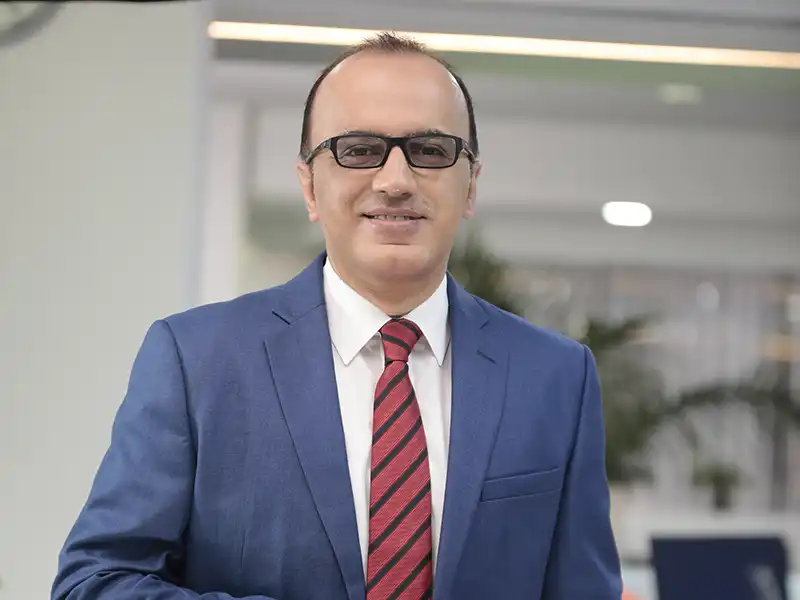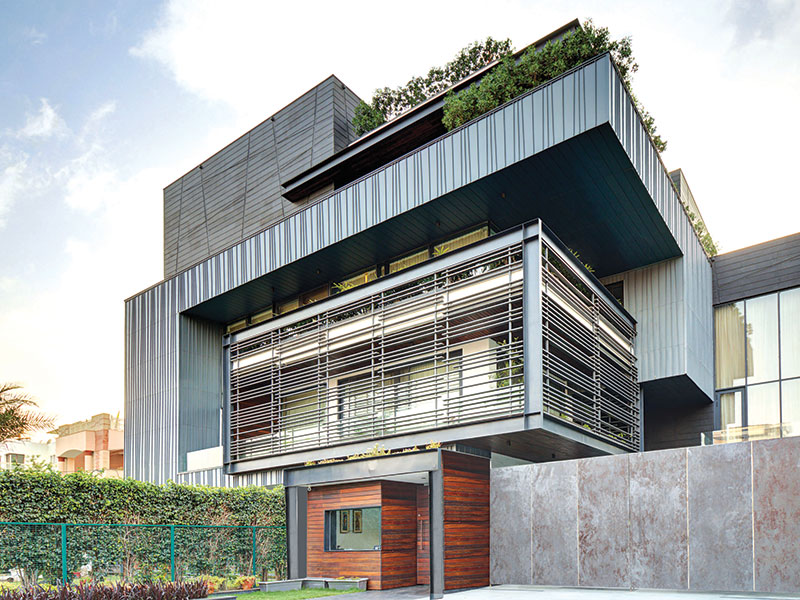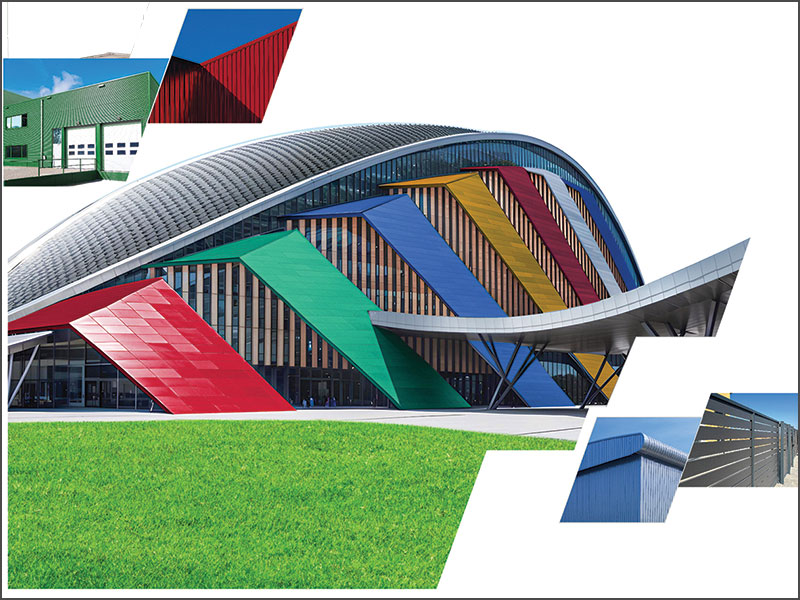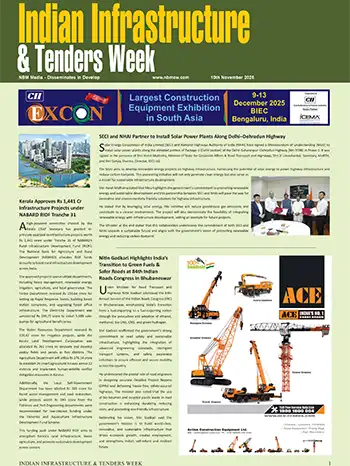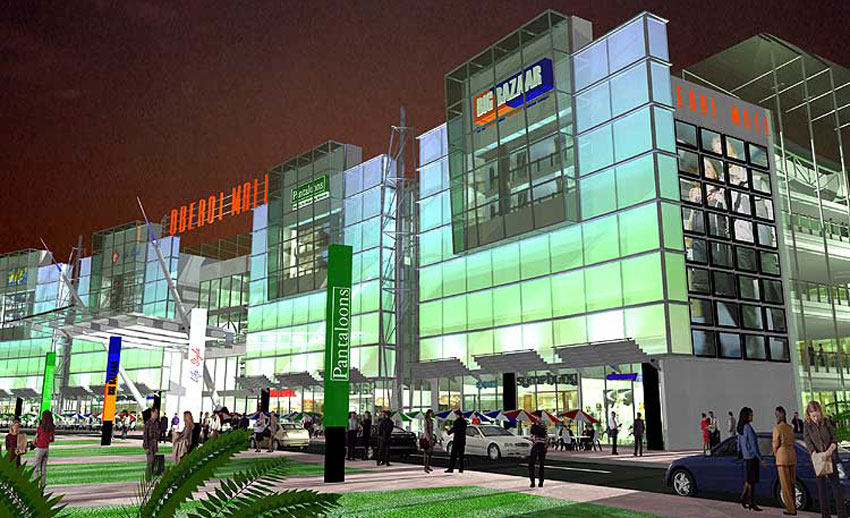
Though both roofing and cladding in construction have come a long way in the past decade, they are yet to achieve the exalted status and keen attention they deserve given their critical position in the building envelope, writes Mukta Naik.
The Indian roofing and cladding industry has undergone a sea change in the last decade, primarily because of two reasons—one, the changing needs of the Indian market with a growing number of industrial applications and two, the increasingly aware consumer who is dissatisfied with conventional options.
In fact, several myths have been busted about Indian consumers and preferences, especially in roofing and cladding.
Myth #1: Indian customers are price-sensitive
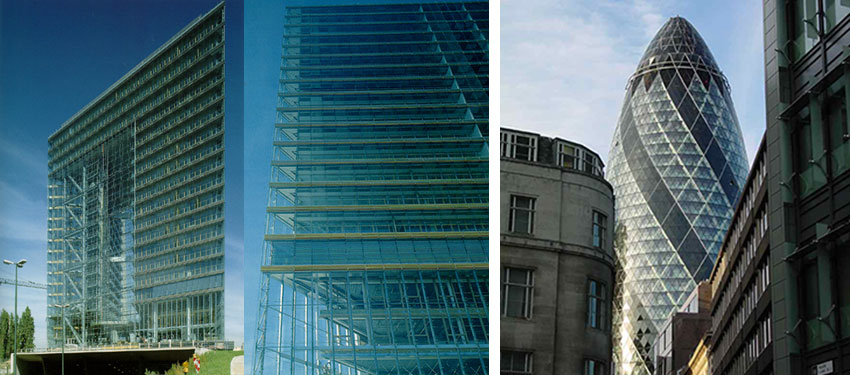
Not at all; it's just value for money that the customer is looking for! The Indian buyer no longer compares per unit rates alone. If the solution offers value for money, in terms of offering extra services, durability, more features and easier maintenance, customers will go for it even if it is higher priced, within reasonable limits, of course. What this means is that a good, strong brand does go a long way in increasing sales in the long run, as there is a growing trust and reliability factor in the minds of customers.
Myth #2: The Indian market is not receptive to new technologies
Manufacturers vehemently deny this today, especially the foreign companies that are entering in India. In fact, the Indian market is at this time ready to give anything new a chance, even though manufacturers have to work a little to break the conventional mindset. Usually, there are a few reputed professionals who are known to be adventurous and they try out new techniques and materials first. If their use of it is successful, others follow suit.Myth #3: A new technology takes 8-10 years to be accepted
Some technologies take a long while to get entrenched, either because they are prohibitively expensive or because their suitability to Indian conditions has not been adequately demonstrated. However, the penetration period of well marketed, appropriate solutions has come down to about 6 years now.Myth #4: Customers do not pay adequate attention to roofing
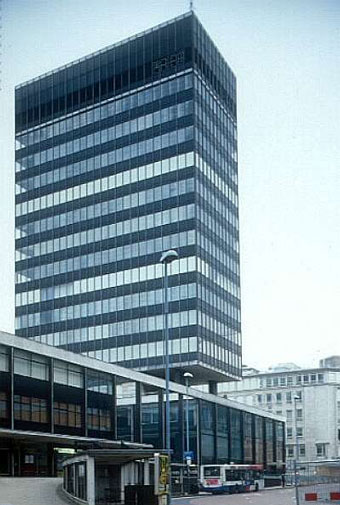
Myth #5: Cladding is not recognized as an important protective layer, only as an aesthetic feature
Largely, many customers think of cladding as a visual element, but the increasing emphasis on façade design in today's construction scenario indicates that customers understand that facades are the building's skin and need attention.Trends
Though there has been considerable progress in the last decade, the rate of change cannot be said to be dramatic. The advent of metal, fiberglass and asphalt roofing has forever changed the roofing industry, which was previously restricted to conventional RCC roofs or at best, GI or asbestos-cement sheet roofing. The quality of fasteners, clip-on systems, hardware fixings and trimmings has increased considerably, allowing structures to look attractive and neat. Further, these systems allow quick installation with the least on-site time. These new technologies have also made possible long-span roofs, roofs with interesting shapes, roofs that incorporate FRP skylights, and many other variations. Tiles and shingles are also available, making metal and fiberglass roofs a part of the residential scenario as well. This aspect is now being pushed by manufacturers in India.Cladding, from a barely known industry, is now growing in the consciousness of the consumer. In keeping with international trends, façade design has become a basic part and parcel of the design concept and identity of a building, whether commercial, retail, residential or industrial.
Metal panels are becoming de rigueur, superseding conventional stone and tile cladding because of their neat application and durability. Glass façades that double up as the building skin are gaining ground for commercial construction and increasingly sophisticated technologies for designing and managing glass façades are in the market today. Plus, façade design is looking at various aspects like energy conservation, efficiency, strength, resistance to high speed winds and vibrations, and many other factors critical to the building structure and safety.
Needed: A shift into a higher gear
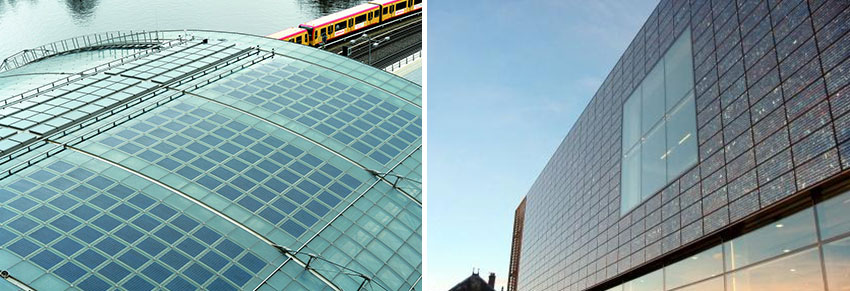
Clearly, these trends follow a normal growth curve that desperately needs to be catapulted into a sharper curve. This is not merely to help roofing and cladding manufacturers push their products in the country. More importantly, both roofing and cladding are critical elements of the building envelope. They protect the building from external elements, play an important role in climate control and hazard mitigation, and they define the aesthetic character of a building. For all these reasons and for the basic safety and security of the people using a structure, it is critical to keep pace with the latest trends and technologies in roofing and cladding.
Indian usage may be more or less conventional today, but with new technologies entering the market everyday, the scenario will change in the coming five years. Foreign investment and the increasingly global nature of Indian companies are factors that will speed up the change towards better technology.
A peek into the future
Cutting edge roofing and cladding technology worldwide focuses on energy management and control, ease of maintenance and superior performance. Newer and more innovative solutions are being tested everyday in all corners of the world and more so in the Western world. Many of these solutions are applicable to the Indian context and will be seen here soon, if they become commercially viable and globally marketed applications.Here is a sneak peek at some interesting roofing and cladding experiments worldwide.
Natural evaporating roofs
There are very few roof cooling technologies that can keep out water while also blocking the sun's heat. The US Department of Energy's Inventions and Innovations Program has developed NightSky, a roof spray system that provides cooling and protection from outdoor conditions and at the same time double the life expectancy of a flat roof. It claims to cut cooling loads by at least 50%, proving to be energy efficient without causing damage to the roof structure. Although best suited to commercial, one-storey, flat roofed buildings, NightSky can also be applied to low-rise and low-sloped roofs.Double-shell façades
An innovative use of the façade for air conditioning has made the Düsseldorf City Gate in Germany a landmark as well as a sought-after office building. Developed and applied with the help of calculations made on supercomputers in the University of Stuttgart, the double-shell façade creates a greenhouse effect in the building. It does this by using window ventilation to condition the inside air while the outside air temperature is roughly between 40-70° F. There are doors on the inside of the façade that are opened and the motorized windows on the outside are adjusted to let in the fresh air from the outside.Another building that uses a layered façade is the Malaysia Securities Commission Headquarters at Kuala Lumpur, Malaysia. The building has a double-layer façade that acts as a buffer between the outer and the inner atmosphere. It is the first modern facility in Malaysia with totally ductless air conditioning.
